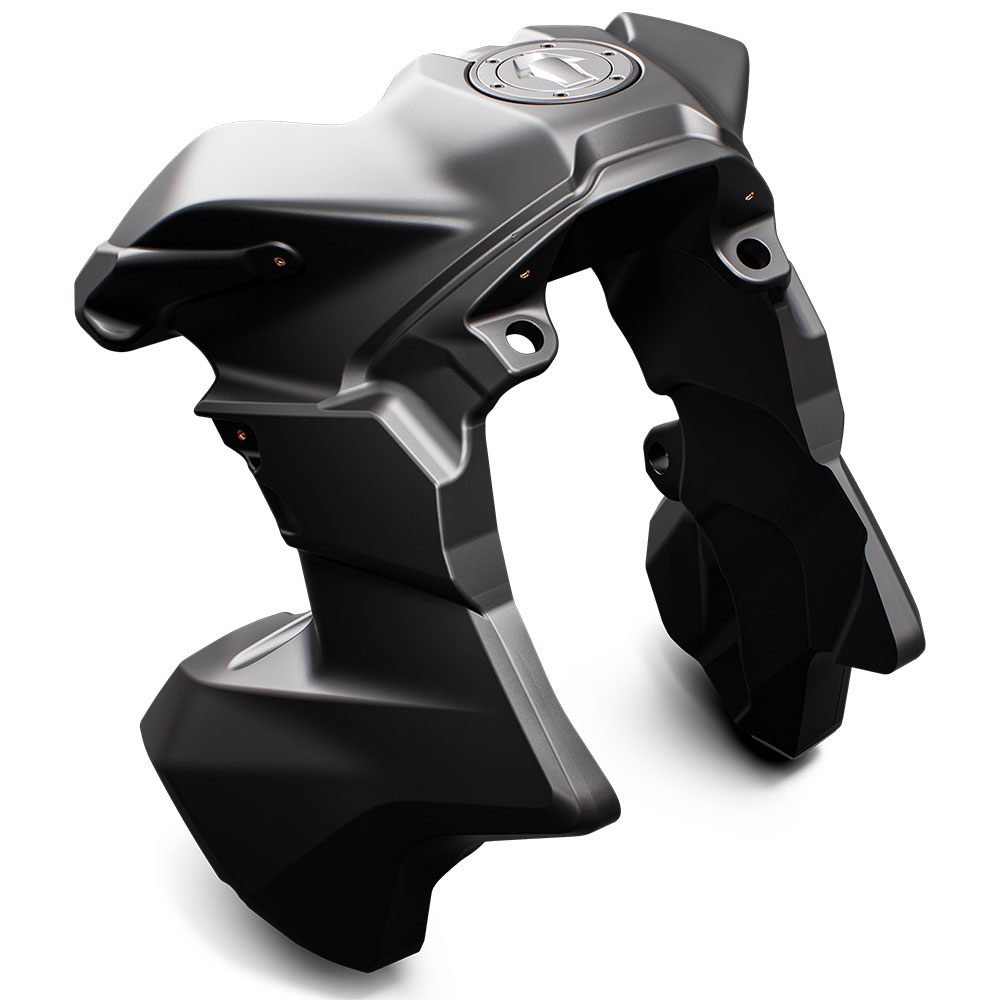speedmd
10 MW
Is a higher or lower mass on a bike more likely to slide out or what? I don’t believe the ladder analogy is appropriate. U could have all the mass of the bike on the top and I think it will stick to the road just as well in a turn. It’s the same downward force and if anything the higher com will allow a lesser lean angle. Or is the angle the same!! I read different things all over the web and here. And then again the angle in itself doesn’t seem to decide if the bike will stick.
Let’s assume rider and bike are fixed together and no rider movement possible to keep it simple.
Top
Your getting back to "angle" vs mass or mass distribution again. You will need to prove that to yourself most likely. The faster you go, the more angle and higher centrifugal force for a given turn radius.
The ladder shows a uniform weight distribution at the maximum angle for the available traction to maintain stability. adding weight or even redistributing it to the lower section would make it more stable as he put it. From what I can gather, The dynamic of how a bike slips out (And how well one can maintain-control the slide), gets into moments of inertia and angular velocities and the math gets much more difficult to follow. In my experience, Some bike setups are just way better at sliding. If you have had some time practicing this (flat track or skid pad practice) on various dirt bikes you may have some feel for what control some have more of than others at it. Just so happens, that all the examples of ones that have been developed to be great at it that I can find, are not top heavy. So far all the Math I find justifies it also.


